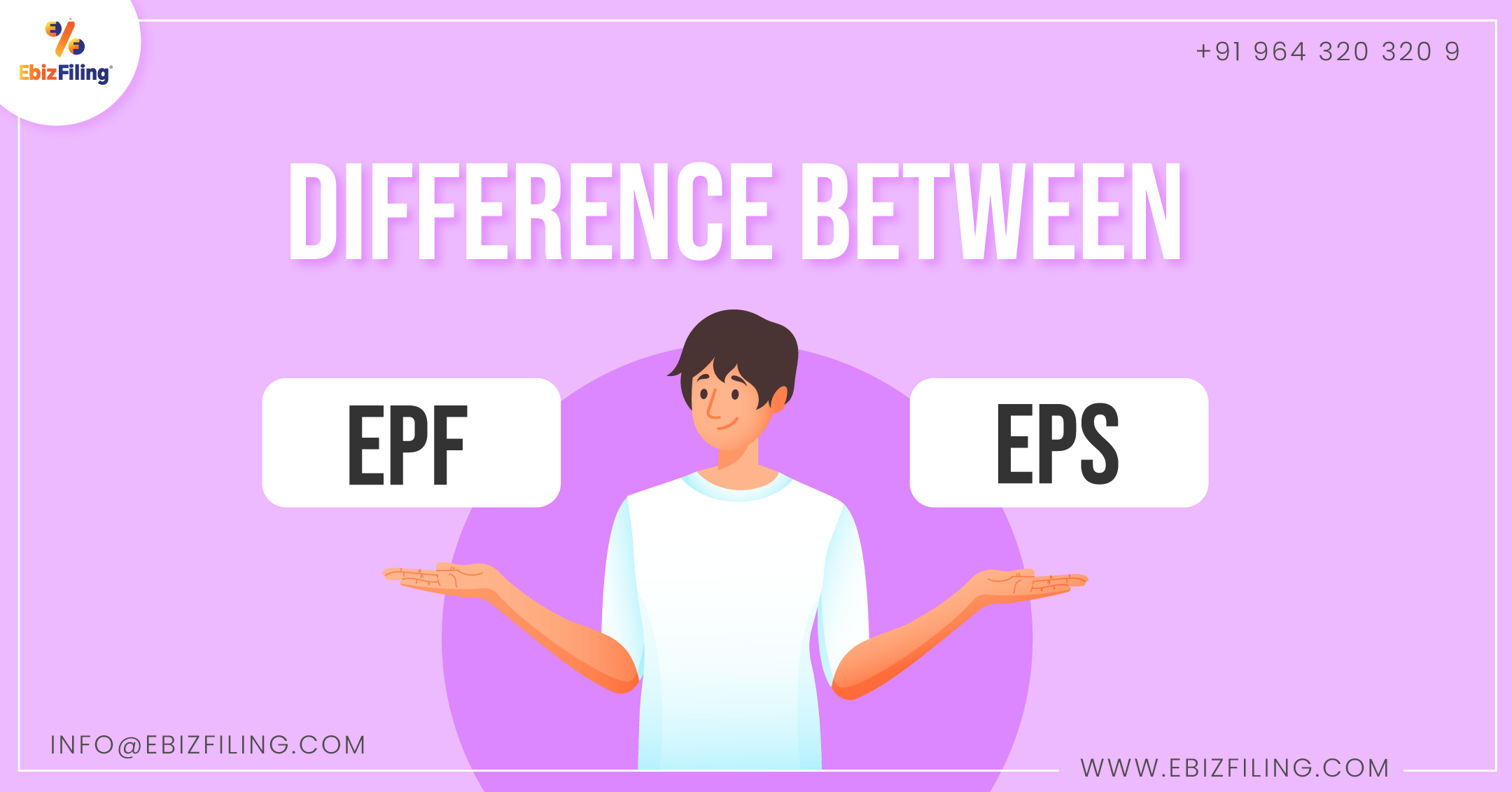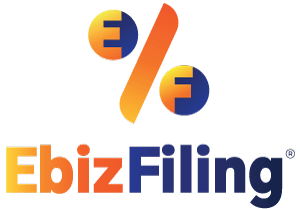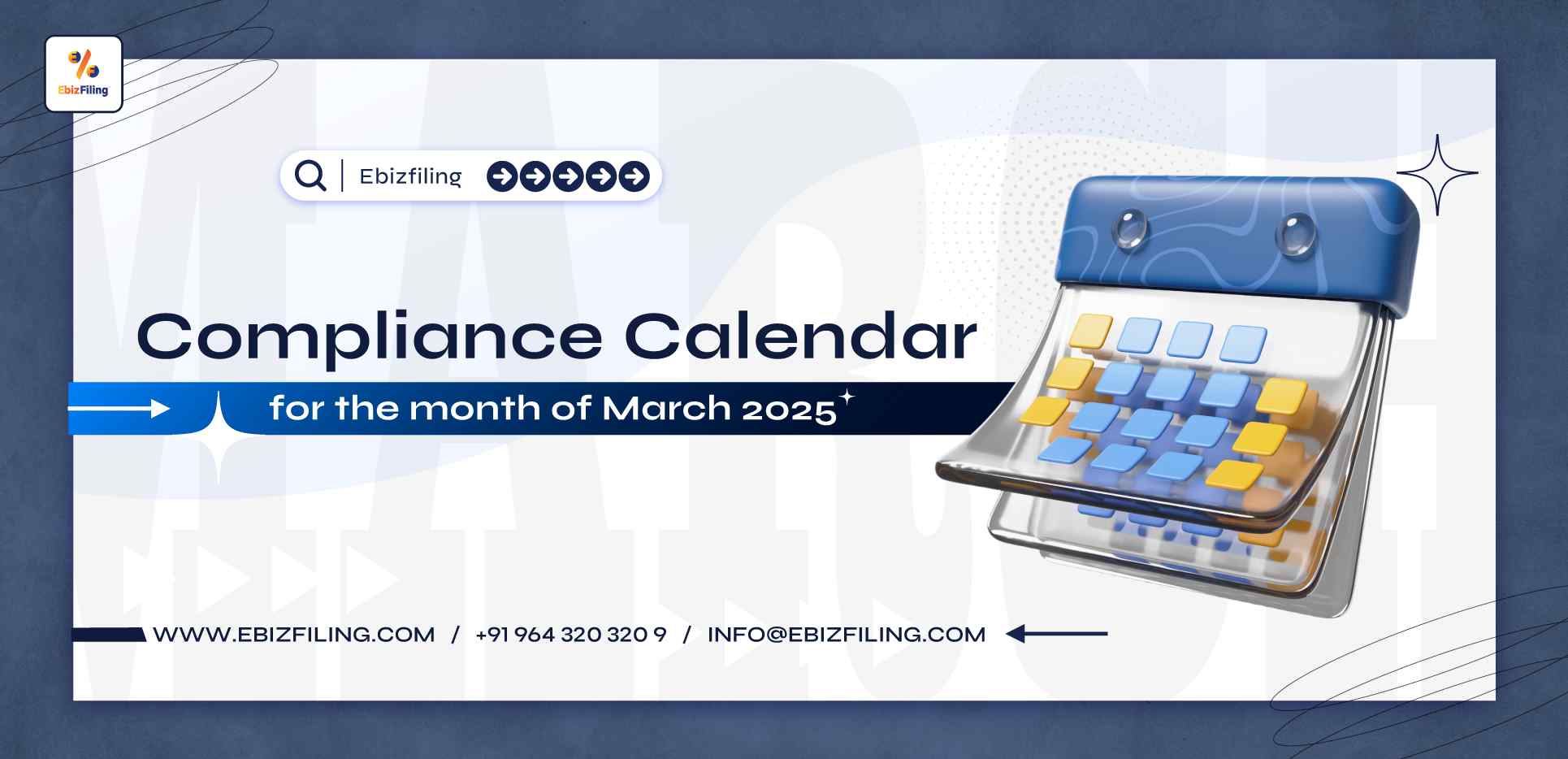
-
May 2, 2022
“What is EPS?”, “What is EPF?” – Difference between EPF and EPS
The difference between Employee Provident Fund (EPF) and EPS is often misunderstood. Although both are government-sponsored pension plans designed to help salaried employees in saving for retirement. There are minor differences between these terms that are explained in this article. Before going through the Difference between EPF and EPS it is essential to know “What is EPS?”, and “What is EPF?”
Introduction
The Employees Provident Fund & Miscellaneous Provisions Act, 1952, establishes the Employees Provident Fund (EPF) and Employee Pension Scheme (EPS). The plans are overseen by a central board of trustees made up of members from the federal and state governments, as well as companies employers and employees.
What is EPS (Employee Pension Scheme)?
Employees who are EPFO members and have contributed to the EPS account are eligible for a pension under the pension scheme. When an employee dies, the pension continues to be paid to the nominee. The EPS account is not funded by employees. The employer contributes 8.33 percent of the employee’s pay (basic plus dearness allowance). The employee receives a pension from such a scheme when he or she reaches the age of 58. This scheme allows for a maximum contribution of INR 1,250. Employees are not required to contribute to this plan.
What is EPF (Employee Provident Fund)?
Employee Provident Fund (EPF) is a retirement savings plan in which both the employer and the employee contribute 12% of the fund’s basic and dearness allowance (DA). It represents a total contribution of 24%. Before you retire, you can withdraw a portion of the money you have put aside. The total amount you can take out after you retire.
When you sign up for this program, you will be given a UAN (Universal Account Number), which you will keep until the conclusion of your career. When you change jobs, your UAN will remain as it is and it will remain with you.
Advantages of EPF (Employee Provident Fund)
-
Over time, it can help you save a significant amount of money.
-
Aids in the funding of retirement and post-retirement lifestyles.
-
There is no need to make a one-time investment. A monthly deduction from your salary can help you save numerous money in the long run.
-
Tax advantages are available for both the amount contributed and the tax generated.
-
In the event of a financial emergency, the EPF amount serves as a financial safety net.
Know more: EPF Interest Rate 2021-22
Difference between EPF and EPS
|
EPS |
EPF |
|
EPS stands for Employee Pension Scheme. |
EPF stands for Employee Provident Fund. |
|
In EPS employees contribution is nil. |
In EPF employees contribution is 12% of the basic salary and DA (Dearness Allowances). |
|
Unlike EPF, there is no interest paid on the EPS (Employee Pension Scheme) Account. |
Every month, interest on investment is calculated and paid at the conclusion of the financial year. The government sets and reviews interest rates on a regular basis. |
|
EPS is for those employee who’s Dearness Allowance, plus salary is up to INR 15000. |
EPF is available for all the employees there is no applicability rule. |
|
8.33 percent of the employee’s basic salary and DA (Dearness Allowances). |
3.67 percent of the employee’s basic wage and dearness allowance |
|
Both a pension and a lump-sum payment are taxed when they are received. |
The interest you earn from the EPF is tax-free. Any payments over 2.5 lakhs, however, are subject to tax. If you withdraw the balance of your EPF account before 5 years, they will deduct a 10% TDS (Tax Deducted at Source) |
|
After 50 years of age, you maybe eligible for an early pension. Furthermore, if you reach the age of 58 or if your service is completed in fewer than ten years, you can take a lump sum payment. Furthermore, the amount that can be withdrawn is determined by the number of years of service. |
In specific circumstances, such as weddings, child schooling, loan repayment, unemployment, and so on, partial withdrawal is permitted. In addition, the entire EPF balance can be withdrawn. |
Frequently Asked Questions (FAQs)
1. Is transferring EPF or EPS accounts possible?
The Employees Provident Fund Organisation (EPFO) assigns each plan participant a Universal Account Number (UAN). The UAN remains the same during the member’s employment, and all other pertinent information can be accessed using the same UAN. If an employee moves jobs, the UAN remains the same, and the person can continue to contribute to the EPF account. However, in such a situation, he or she must change the UAN number to the new employer. To transfer funds online, a person must first activate their UAN and link their Aadhaar and PAN to it.
2. What are the advantages of EPS?
The following are the key advantages of contributing to EPS:
-
There are pension advantages available.
-
EPFO members are entitled to a lifetime pension. In the event that a member dies, his or her family is entitled to a pension.
-
If an employee has been unemployed for two months or more, they are entitled to a full pension withdrawal.
3. Who is eligible to be a nominee for an EPS account?
Any Family number can be a nominee for an EPS (Employee Pension Scheme) Account.
4. What is the tax benefit of an EPF contribution?
The amount invested, the interest earned, and the amount redeemed are all tax-free.
Conclusion
To summarise the difference between EPF and EPS, EPF (Employee Provident Fund) is a retirement savings plan in which both the company and the employee pay a portion of the latter’s salary. EPS (Employee Pension Scheme), on the other hand, is funded solely by the employer.
PF Return
File error-free PF Returns and in-time. File your PF returns through experts ebizfiling.com.
About Ebizfiling -

2 thoughts on “Difference between EPF and EPS (Employee Pension Scheme)”
Leave a Reply
Reviews
-
Highly professional Team. Good service and the prices are also very reasonable Kudos to the team for incorporating my Company and special thanks to Shubham , pulkit and also Aaron for designing professional Logo for my company Thanks and Regards
-
I am definitely going to come back if ever I need your services. Too good!
-
I really appreciate the selfless support shown by your team. Cheers!















Both epf and eps are same. There is no difference.After 2014 circular and ammendment should be applicable for those who are joined after 2014.
Hello Thirumeni,
If a person joined the Employees’ Provident Fund (EPF) programme after September 1, 2014, he or she is not eligible to register an Employees’ Pension Scheme (EPS) account if their monthly income is greater than INR 15,000 per month.
For any Further assistance you can get in touch with Ebizfiling on +919643203209 / info@ebizfiling.com